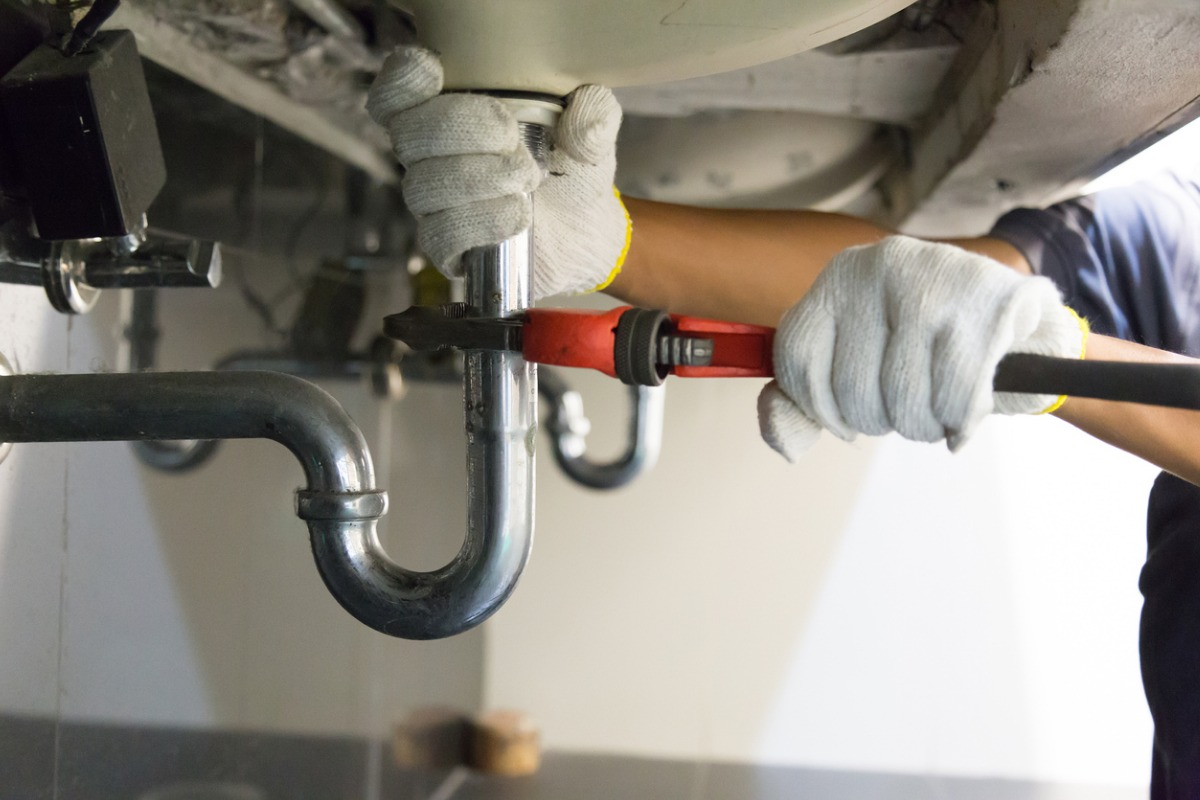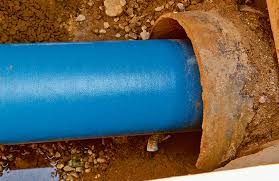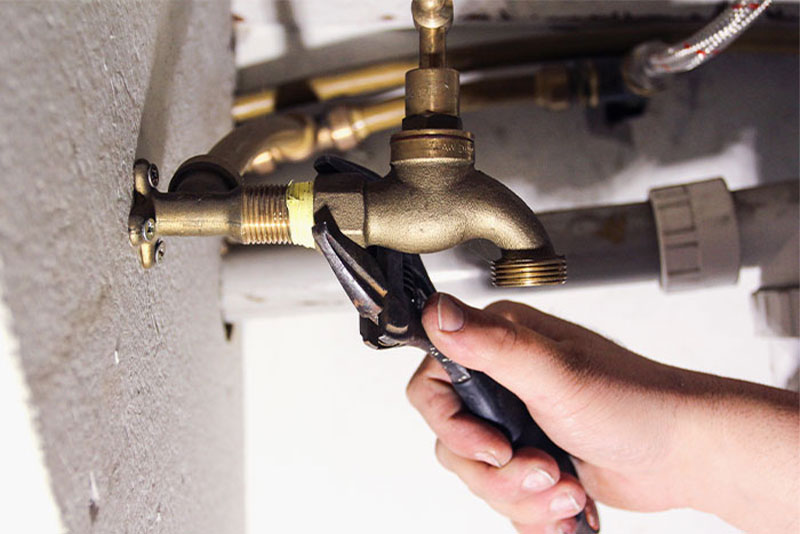How to Replace a Toilet Handle? Everything You Need To Know
A malfunctioning or broken toilet handle can be quite inconvenient and frustrating. Fortunately, replacing a toilet handle is a relatively simple task that can be accomplished with a few basic tools and some easy-to-follow steps. In this guide, we will walk you through the process of replacing a toilet handle, including an overview of different types of handles and the associated parts.
What are the different types of toilet handles?
Toilet handles come in various designs, but they generally fall into two main categories: lever-style handles and push-button handles.
Lever-Style Handles:
Lever-style handles are the most common type found in residential toilets. They feature a lever arm that is attached to the toilet tank by a rod or chain. When the lever is pressed down, it lifts the flapper or flush valve, allowing water to flow into the toilet bowl. Lever-style handles can be further classified based on their orientation: front-mount, side-mount, or angle-mount handles.
Front-Mount Handles: These handles are located on the front of the toilet tank, facing the user. They are attached to the toilet tank by a lever arm that extends inside the tank.
Side-Mount Handles: Side-mount handles are positioned on the left or right side of the toilet tank. They also utilize a lever arm to activate the flushing mechanism.
Angle-Mount Handles: Angle-mount handles are similar to side-mount handles but are installed at an angle rather than being perpendicular to the toilet tank. This type of handle is commonly used in toilets with a limited amount of space behind the tank. You can also search for plumber near me and get quick assistance with it.
Push-Button Handles:
Push-button handles are typically found in newer toilets and are becoming increasingly popular. Instead of a lever, these handles feature one or two buttons located on top of the tank. When pressed, the buttons activate the flushing mechanism, releasing water into the bowl. Push-button handles offer a sleek and modern design and are often more convenient to use.
What is the part attached to the toilet handle?
The part attached to the toilet handle is known as the flush valve or flapper. It is responsible for controlling the flow of water from the tank into the toilet bowl during the flushing process. When the toilet handle is pressed, it lifts the flush valve, allowing water to rush into the bowl and create a flush. The flapper is connected to the handle by a rod or chain, which lifts the valve when the handle is activated.
Now, let's walk through the steps to replace a toilet handle:
Turn off the Water Supply:
Before starting any work on your toilet, locate the shut-off valve near the base of the toilet and turn it clockwise to shut off the water supply. Flush the toilet to empty the tank.
Remove the Old Handle:
Inspect the inside of the toilet tank and locate the mounting nut or bolts that secure the handle to the tank. Use an adjustable wrench or pliers to loosen and remove the nut or bolts. Once removed, take out the old handle from the outside of the tank.
Install the New Handle:
Take the new toilet handle and insert it through the mounting hole on the outside of the tank. Align the mounting holes on the inside of the tank with the handle, and secure it in place using the mounting nut or bolts. Make sure the handle is positioned correctly and is aligned with the flush valve or flapper.
Test the Functionality:
Turn on the water supply by turning the shut-off valve counterclockwise. Allow the tank to fill with water and test the functionality of the new handle. Press the handle down to check if it lifts the flush valve or activates the push-button mechanism properly. Adjust the handle if necessary to ensure smooth operation.
Check for Leaks:
Inspect the area around the new handle and the base of the tank for any signs of water leakage. Tighten the mounting nut or bolts if needed to eliminate any leaks.
By following these steps, you should be able to replace a toilet handle on your own. However, if you encounter any difficulties or are unsure about the process, it is always recommended to seek the assistance of a professional plumber Williamstown. They have the expertise and tools to handle the task efficiently and can ensure that everything is installed correctly.




Comments
Post a Comment